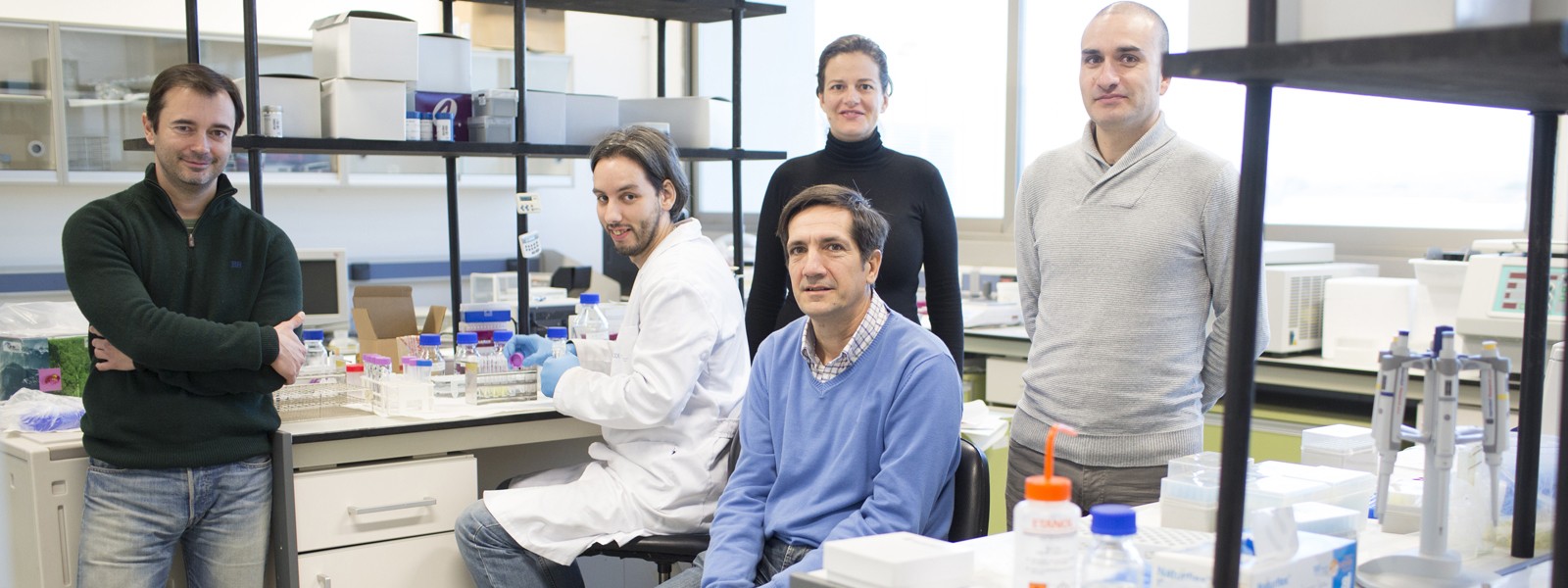DIRECTOR
RESEARCH TEAM
Marta Goberna Estellés and José Antonio Navarro Cano, (CIDE-CSIC-UVEG-GV); and Alfonso Valiente Banuet, Universidad Autónoma de México (UNAM)
COLLABORATING INSTITUTIONS
DESCRIPTION
Habitats under severe abiotic stress impose severe limitations on biological activity that only some organisms are able to overcome. Facilitation, the process whereby one organism benefits from the presence or activity of another, plays a key role in stress alleviation through the formation of functionally complementary biological communities.
Mining activity generates artificial micro-deserts whose toxicity, instability and hydrothermic stress prevent their natural recolonization and hinder restoration. When mining structures are located in a natural space of high ecological value, its fragility may advise against the application of standard, heavily mechanized, rehabilitation techniques, with collateral effects on surrounding habitats as well as a high economic cost.
The project team have shown that in natural systems where facilitation is present, phylogenetic diversity is a predictor for the community’s functional complementarity and its relationship with system productivity. The goal now is to assess the utility of facilitation for reactivating ecosystem functions in mining structures affecting Habitats of Community Interest. To this end, we will test a methodology based on selecting autochthonous nurse plants and combining them with potential facilitators in order to promote the formation of vegetation patches of maximum functional diversity.
This should serve to create small-scale islands of fertility which improve the biological functions (primary succession, nutrient cycling, productivity, stress alleviation) determining habitat connectivity via vegetation patches. We will use as models two types of mining structures of high environmental impact located within Natura 2000 sites, which pose a conflict of interest between the rehabilitation of mining areas and the conservation of Habitats of Community Interest:
a) gypsum quarries and
b) metal mine tailings ponds. The results of the project will serve as soft tools for priority habitat restoration and conservation programs in protected areas affected by mining.

